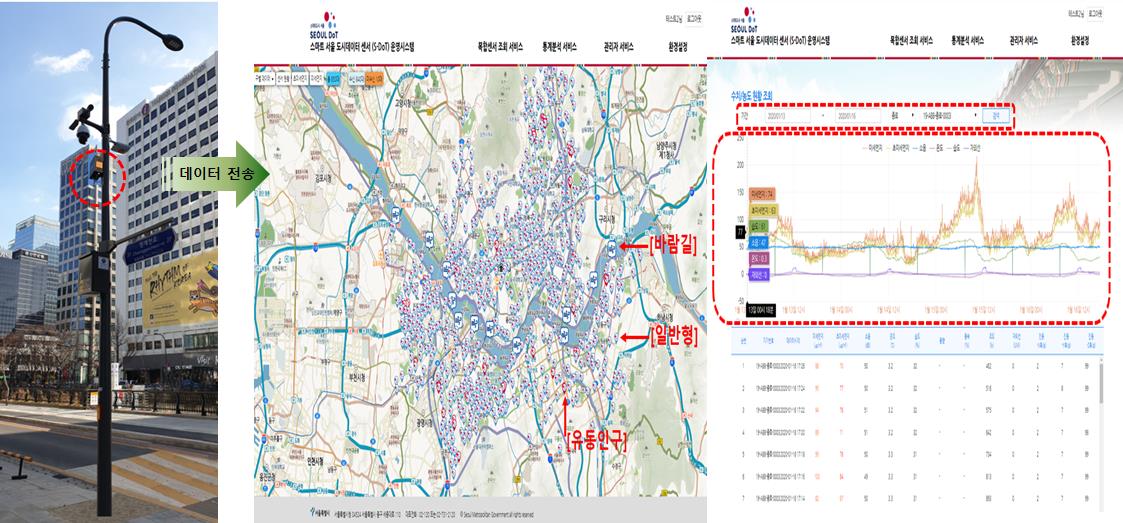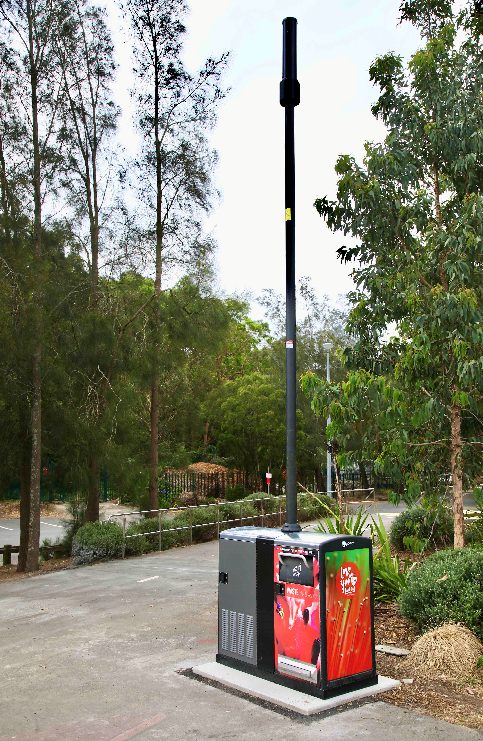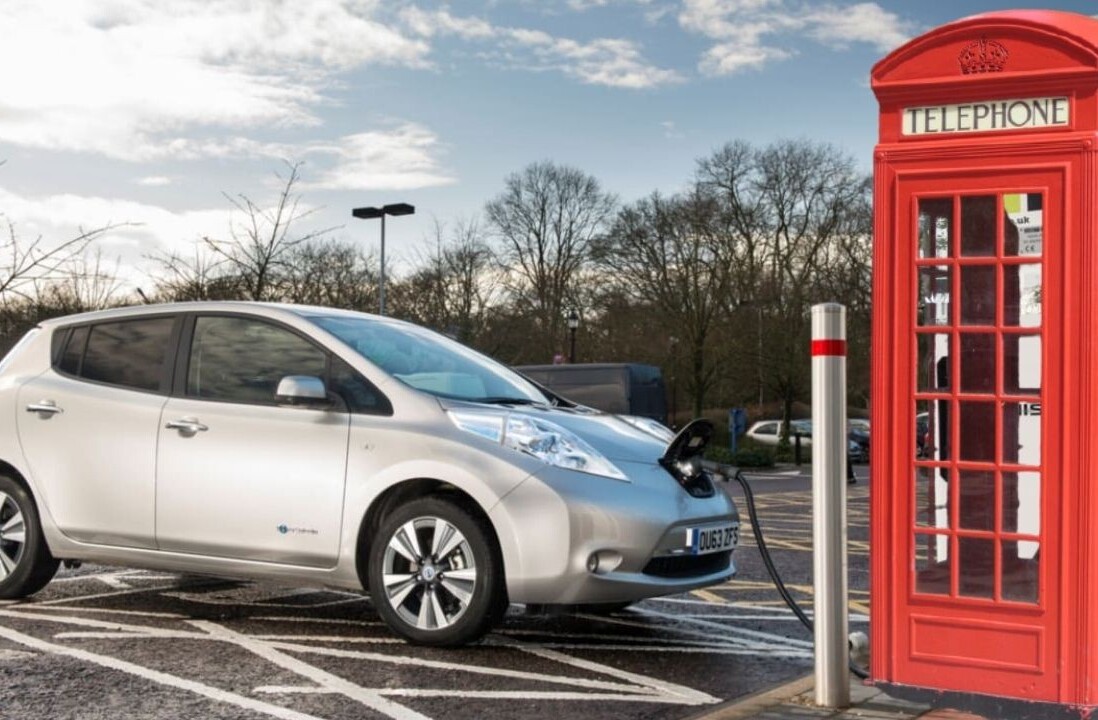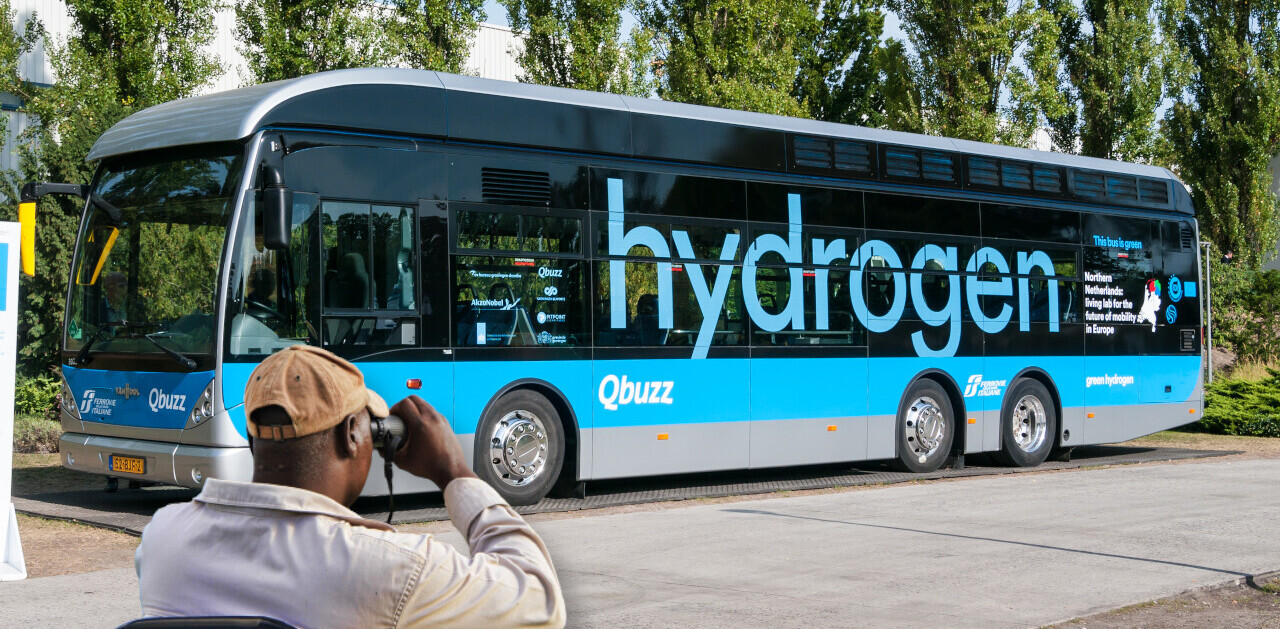This article was originally published by Sarah Wray on Cities Today, the leading news platform on urban mobility and innovation, reaching an international audience of city leaders. For the latest updates follow Cities Today on Twitter, Facebook, LinkedIn, Instagram, and YouTube, or sign up for Cities Today News.
Seoul Metropolitan Government (SMG) is installing new ‘smart poles’ which act as streetlights, traffic lights, environmental sensors, footfall counters, smartphone chargers, Wi-Fi access points, CCTV, and more.
Twenty-six smart poles have already been installed in six areas of the city, with each pole’s functions customized to the needs of its location in the city.
SMG plans to continue rolling the poles out as well as piloting a version of the infrastructure which can also charge drones and electric vehicles, and detect parking violations.
The city plans to use drones to “monitor potential disasters and emergency rescue efforts,” and later this year, drones will be able to recharge from the upper part of the poles while sending data back to SMG. A spokesperson for the city said the project is in the planning stage.
Smart city project
When street infrastructure needs to be replaced or installed, SMG will integrate it into the smart poles where possible to save costs and reduce clutter.
Lee Won-Mok, Director General of Smart City Policy at Seoul Metropolitan Government, said: “Smart poles help effectively consolidate the somewhat elaborate road facilities, not only retaining their innate functions but also highlighting various smart technological features.
“These S-Poles are expected to improve urban landscapes and enhance the safety, welfare, and convenience for our Seoul citizens. They will also serve as charging stations for drones and electric vehicles, bringing the city one step closer to becoming a smart city.”

Putting infrastructure in the bin
The project reflects a growing trend for street infrastructure to be multipurpose to minimize visual clutter and use of public space. Streetlights have typically been the most common platform but services are now also being integrated into bins.
Bigbelly, which provides solar-powered smart bins, recently announced that it is launching its Telebelly product in the UK. The solution, which is already available in Australia, expands the functionality of traditional Bigbelly bins by incorporating small cell poles and antennas to enhance connectivity.
“Wherever a public waste bin is appropriate, a Telebelly may be the solution to hide small cells in plain sight,” the company said.
Bigbelly says the Telebelly, which is 4G- and 5G-capable, could accelerate growth of the UK’s small cell network and pave the way for 5G by making it easier for telecommunication companies to deploy a faster and more reliable service without relying on large-scale mast installations.
Alex Gamota, Senior Vice President at Bigbelly, said: “Given how Bigbelly is typically utilised in densely populated areas where footfall is high, which is typically where increased telecoms coverage and capacity is required, there is a high degree of synergy between the public waste collection aspect of the system and Telebelly.”
In a separate project with Bigbelly, smart bins in Dublin are also being used to measure busyness in the city and to house small cell infrastructure.
Do EVs excite your electrons? Do ebikes get your wheels spinning? Do self-driving cars get you all charged up?
Then you need the weekly SHIFT newsletter in your life. Click here to sign up.
Get the TNW newsletter
Get the most important tech news in your inbox each week.






